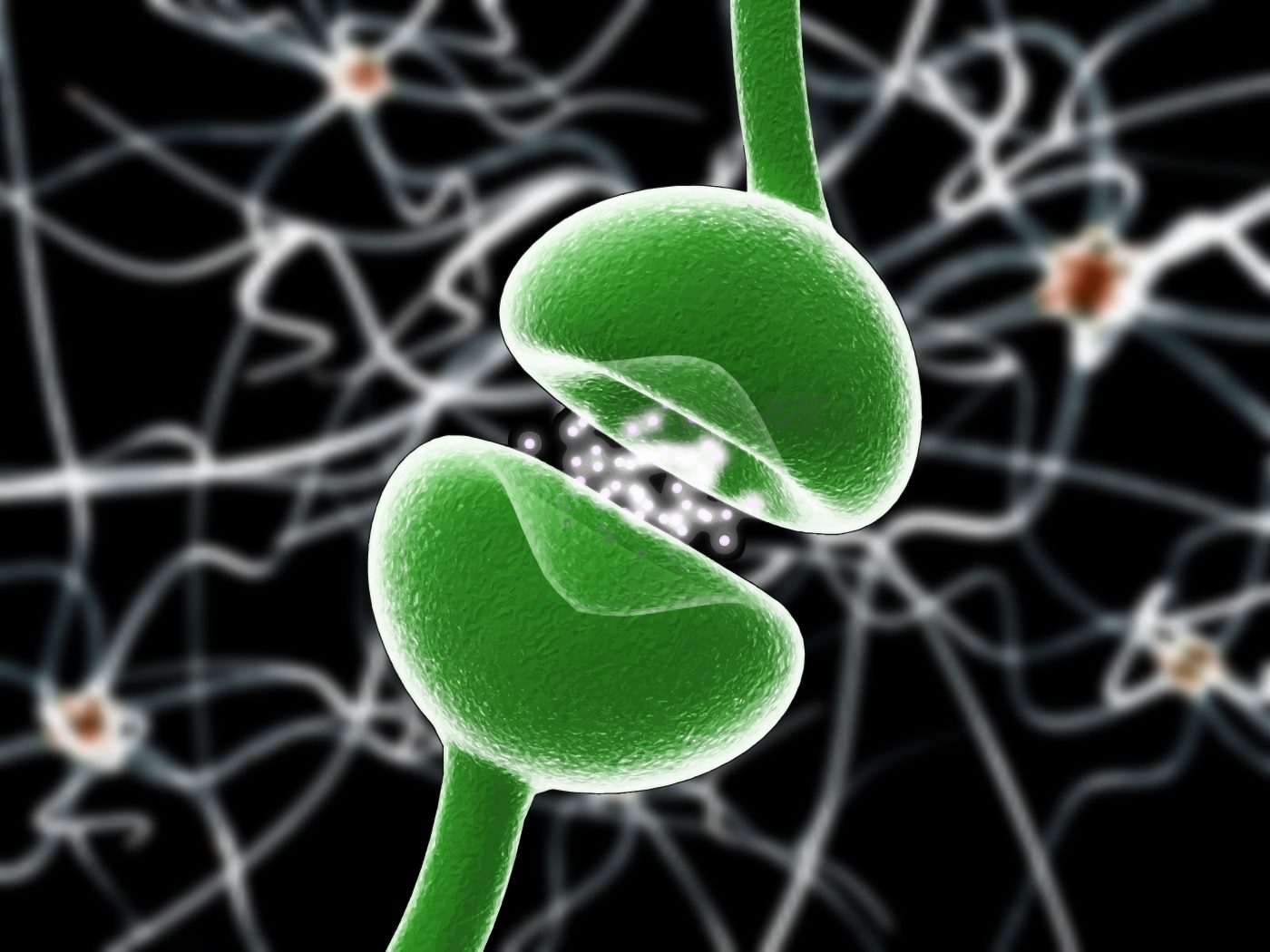Scientists Identify Two New Proteins With Key Roles in Parkinson’s Disease
Written by |

In a new study entitled “Identification of neurodegenerative factors using translatome–regulatory network analysis” scientists at Rockefeller University identified two new proteins with key roles in Parkinson’s disease. The study was published in the journal Nature Neuroscience.
Parkinson’s disease is a progressive degenerative disease of the central nervous system, affecting primarily the motor system. Hence, during early stages of the disease the most obvious symptoms include shaking, rigidity, slowness of movement and difficulty with walking. With disease progression, patients’ cognitive system is affected and they commonly develop symptoms of dementia.
Motor system symptoms arise due to progressive loss of dopamine-producing neurons, which are located in a region of the brain called substantia nigra pars compacta (SNpc). The same set of neurons located in a second region within the brain – ventral tegmental area (VTA) – are also affected but at significantly slower rate. The reason for this difference was still unknown to the scientific community.
In this study, scientists at The Rockefeller University and colleagues at Columbia University developed a new technique where they were able to follow, in specific populations of dopaminergic neurons, which genetic messages are translated into proteins. The scientists compared the protein profile of these cells between Parkinson’s-like degeneration mice and control animals.
The team discovered that two proteins – SATB1 and ZDHHC2 – were upregulated in dopaminergic neurons in SNpc but not in VTA. To understand the relevance of these proteins, the team reduced the expression of both of them in the brain of normal mice. This triggered a rapid degeneration in normal mice brains, common to what is observed in Parkinson’s disease.
RELATED: Promising Drug For Parkinson’s Disease Supports Fast Tracking to Clinical Trials
Lars Brichta, the study’s first author commented, “Conventional gene activity profiling approaches would not have been able to identify SATB1 and ZDHHC2 as key protective factors because the levels of these proteins do not change. But even though they continue to be expressed within the neurons, it appears that their regulatory activity drops off and they no longer stimulate their target genes. We later found similar changes in activity in the brains of Parkinson’s patients, particularly those in the early stages.”
Paul Greengard, Vincent Astor Professor and head of Laboratory of Molecular and Cellular Neuroscience and lead author of the study added, “In an unexpected contradiction to current models, the proteins we found protect the SNpc. Because dopamine and its metabolites can be toxic, we can speculate that, in the course of evolution, SATB1 and ZDHHC2 arose to protect this particular set of sensitive neurons from cell death. The discovery of these two molecules’ role in Parkinson’s may assist in the development of treatments, because they are potential new targets for drugs.”
These findings highlight how technological advancements allow scientists to tackle and discover new disease mechanisms, in this case in Parkinson’s disease, and may lead to new discoveries in other neurodegenerative diseases, including Alzheimer’s, Huntington’s disease and amyotrophic lateral sclerosis.





